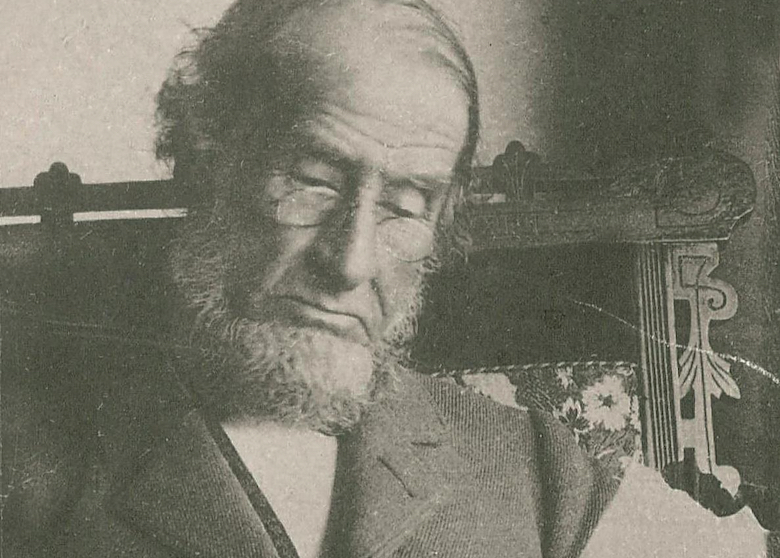Credited, along with Frederick Law Olmsted, with developing landscape architecture in America into a recognized profession, Horace William Shaler Cleveland (1814-1900) was one of the major innovators in the romantic rural/garden cemetery movement.
Born in Lancaster, Massachusetts, as a youth Cleveland attended an innovative school with a curriculum emphasizing landscape study and observation. Inspired by the aesthetic ideas of fellow student Horatio Greenough and Transcendentalist Ralph Waldo Emerson, Cleveland embraced a simple and natural style of design that would remain a hallmark of his work throughout his career.
Cleveland was educated as a civil engineer and, following a stint as a farmer, became a landscape gardener. He designed the municipal park systems of Minneapolis, Minnesota, and Omaha, Nebraska; Washington and South Shore Parks in Chicago, Illinois; and Roger Williams Park, in Providence, Rhode Island.
In 1854, Cleveland began a practice in landscape and ornamental gardening with Robert Morris Copeland. One of their early commissions was the design of Sleepy Hollow Cemetery in Concord, Massachusetts, for which Copeland and Cleveland were employed by Emerson and the other members of the Concord Cemetery Committee. The site was designed to be sensitive to the existing landscape and serve as a park connecting public open spaces within the Concord community. These ideas would be replicated in their proposals for Commonwealth Avenue and the Boston public park system. Cleveland and Copeland dissolved their partnership sometime before the Civil War.
Cleveland moved to Chicago in 1869. In 1873, he published Landscape Architecture as Applied to the Wants of the West with an Essay on Forest Planting on the Great Plains, one of the first books to define and develop the scope of the new profession of landscape architecture. In 1883, Cleveland began work on the crowning achievement of his career, the Minneapolis Park System, which is recognized today as one of the most significant open-space systems in the United States.

